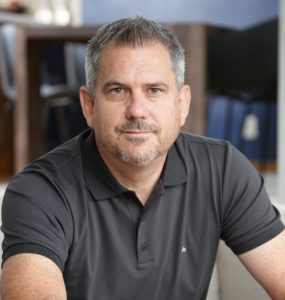Much of Wall Street and the financial media are geared up to get you to make investment moves. “Buy, sell, trade, exchange, invest,” are among the verbs they shout at you every day. Few tell you that it is probably better to do little or nothing once you have set up a diversified investment portfolio.
Consider this: Assume you invested $100,000 in the U.S. stock market 30 years ago, in June 1974, and held your investment through May of this year. Assuming you could do this without investment cost, you would have more than $3.5 million today and would have achieved an annualized return of 12.6%. That’s a fantastic return considering your money would have been invested during bad periods that included the hyperinflation of the late 1970s, the bear markets of 1982, 1994, and 2000-2002, the crash of 1987 and the World Trade Center attacks of Sept. 11, 2001. Investments in other asset classes would have done even better. An investment in the smallest 20% of U.S. listed stocks over the same 30-year period would have grown by 16.15% per year on average, turning $100,000 into a whopping $8.9 million.
Most investors probably didn’t earn those returns, however, precisely because they found it difficult to sit on their hands, especially during bear markets. How many of them held onto their small stocks during the end of 1983 and beginning of 1984, when small stocks fell by almost 14%? They likely were reading magazine stories or listening to radio talk shows that were proclaiming “the end of the small stock bull market” or the “death of small stocks.” Or they panicked at the outset of the first Gulf War in 1990 or the second in 2003 and sold their big U.S. stocks, only to miss major rallies that followed. Such moves can only detract from the potential returns you can earn by holding your investments.
A good corrective for this type of behavior is the study of history. One can see that major events, however scary when they happened, did not have long-term effects and that the markets, which are a reflection of the economy, eventually rose to values that reflected the economy’s long-term growth. For instance, an investor who bought the equivalent of the S&P 500 in Jan. 1929 and suffered the Great Crash still managed an annualized return of almost 8.5% per year over the next 30 years, a growth rate that would have turned $100,000 into $1.15 million.
Take a few moments to review your performance reports and you will see that the last one-year period still looks very strong, despite the slight drop in portfolio values during the last quarter. Markets will always go up and down, and I am happy they do because it provides everyone with the opportunity to make more money over the long run. Always keep in mind that when asset classes drop, we usually buy them (at a relatively lower price), and when they rise, we can sell them for a profit. So, the volatility in the markets does work to your benefit over the long term, assuming that your portfolio is rebalanced on a regular basis. It is my job to manage your money using sound investment principles so that you can feel peaceful (about your financial situation) and be able to focus on what really matters in your life.
Please let me know if you have any questions or concerns. Do not hesitate to call me if you want to discuss something—that’s what I’m here for.
Sincerely,
About Christopher Jones
Christopher Jones is the Founder and President of Sparrow Wealth Management, a fee-only financial planning and investment management firm. Before entering the investment field, Chris was a management consultant for Deloitte Monitor. He graduated summa cum laude from Brigham Young University with a B.S. in Economics and a minor in Business Management.


